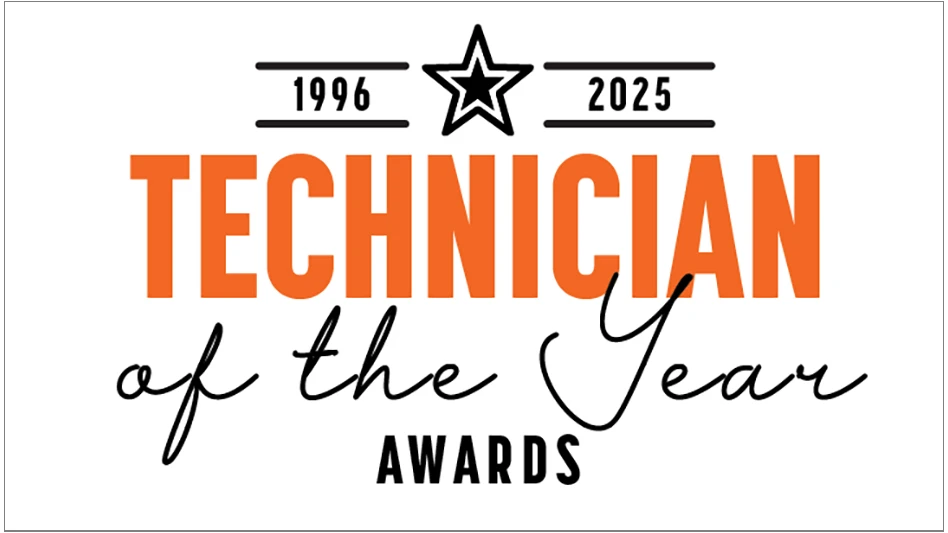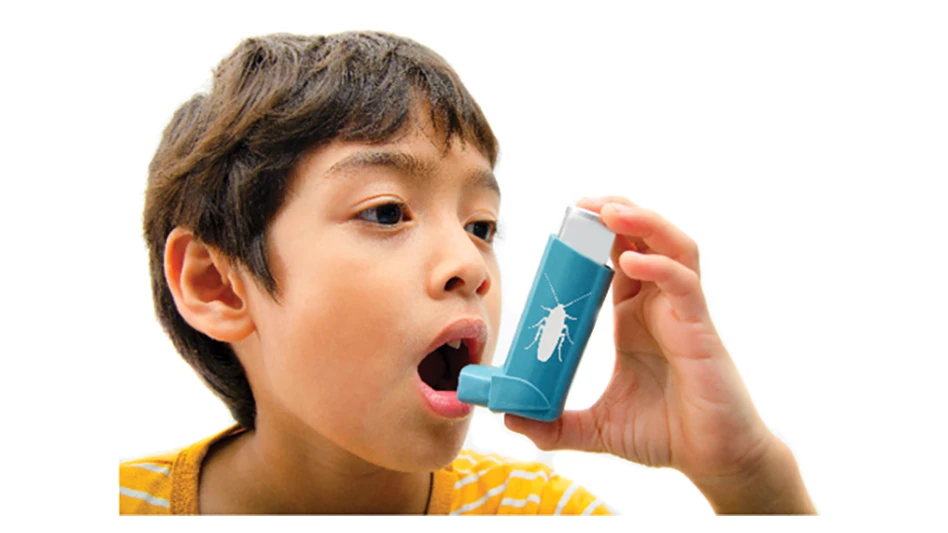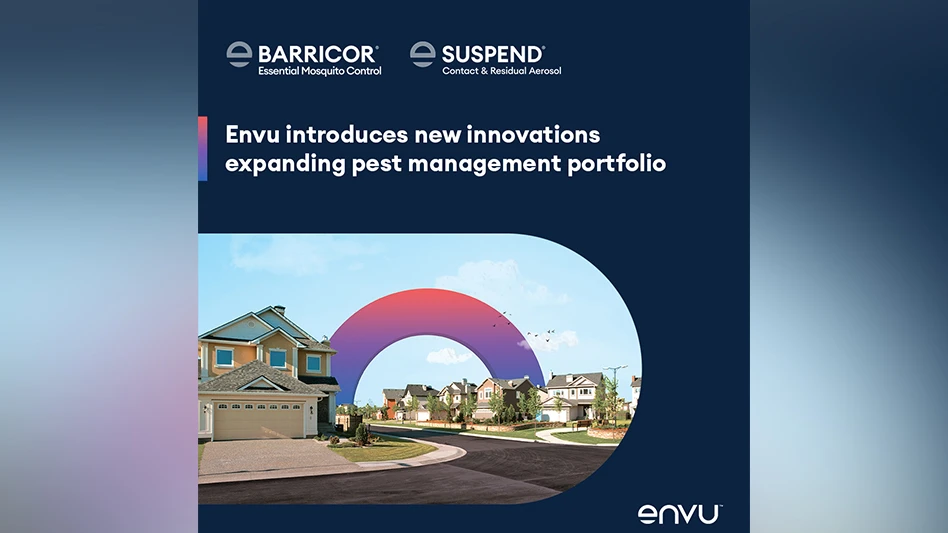 Scientists are gearing up to sequence the genomes of 5,000 insects and other arthropods, and what they uncover could change how the industry controls structural pests.
Scientists are gearing up to sequence the genomes of 5,000 insects and other arthropods, and what they uncover could change how the industry controls structural pests.
The five-year, $15 million international effort, known as the i5k Initiative, has been called the Manhattan Project of entomology.
"The genome is the source of a tremendous amount of information about an organism," said Dr. Gene Robinson of the University of Illinois. Data will help researchers better understand how to sustain organisms like honey bees and target vulnerabilities in pests.
This eventually may help scientists address pesticide resistance or lead to pest-specific gene-silencing technology like current mating disruptants that prevent male gypsy moths from finding females.
"We'll learn a lot more about insect olfaction, what odors they're attracted to by having the binding proteins for the odors," said Dr. Kevin Hackett of the USDA Agricultural Research Service. "That work is already ongoing with some insects and we'll be adding a lot more insects, including insects of interest to the structural pest control industry." Odors are important to the pest control industry because they're used in traps and monitoring devices.
Ants, termites, cockroaches, bed bugs and flies are among the structural pests to be sequenced. The i5k Initiative will add to efforts already started on some pests.
Because more than a million insect and arthropod species exist, scientists strategically are selecting 5,000 that represent major branches on the phylogenic tree.
"We want to get the biggest bang for our buck for a particular species," explained Robinson. Each and every genome project costs money and requires a lot of work, but by picking the right species scientists can generalize data across different groups of arthropods.
Still, scientists will be doing some heavy lifting. The locust genome, for example, has 7,000 mega base pairs of DNA — "more than two times the size of the human genome," said Hackett. Scientists must sequence all of the genome, not just parts, or they might miss something.
Genome sequencing costs are dropping rapidly and this helped get the project off the ground. New third-generation sequencing technology soon will be released and also will benefit the initiative.
The collaborative project was launched this past summer and scientists around the world are using wiki pages to communicate and share their findings.
Data will be released as produced and made instantly available to the worldwide community, said Hackett. "It's really critical to get the information out to all the researchers internationally so they can use it to find solutions."
Organizers hope to partner with public and private organizations to fund the project. "We'll all benefit from a large, international community looking at the data," said Hackett.
Results could be lucrative. A $3.8 billion project that sequenced human genomes has yielded $800 billion in economic output so far, reported Fast Company. The insect genome project could reap similar rewards for a fraction of the price.
The i5k Initiative will be "transformative" from the standpoint of entomology and controlling pests, Hackett added. "One can only imagine what critical discoveries will be made when we have 5,000 insect genomes to compare."
The author is a frequent contributor to PCT magazine. She can be reached at anagro@giemedia.com.
Contact Info
Interested in funding the i5k Initiative or a particular genome sequence? Contact Dr. Gene Robinson, University of Illinois, at 217/202-9130, or Dr. Kevin Hackett, USDA Agricultural Research Service, at 301/504-4680.
For more information or to view a current list of arthropods nominated for sequencing, visit http://arthropodgenomes.org/wiki/i5K.
WANT MORE?
Enter your email to receive our newsletters.

Explore the November 2011 Issue
Check out more from this issue and find your next story to read.
Latest from Pest Control Technology
- How to Get Rid of Odorous House Ants
- Massey Services Promotes Herndon to Director of Sales for Multi-Family Division
- NPMA Announces First Recipients of NPMA PRO Certified Credential
- Pestmaster of the Hudson Valley Acquires Catskill Animal Damage Control
- Photo Slideshow: Ant Identification Tips
- Video: Top 10 PCT Photo Contest Finalists
- UF/IFAS Study Reveals Boats as Perfect Vessels for Global Termite Spread
- Pest Control Consultants (Iowa) Earns Pinnacle Performance Award








